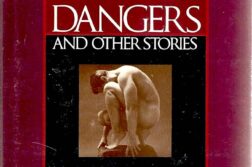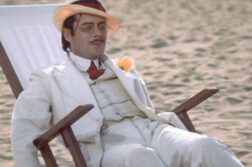Walking to my office in the financial district of San Francisco, I was stopped by a man who asked me if I remembered him. The man, Rick Hood, reminded me we were both students at Harkness Ballet in New York. We hadn’t seen each other in more than thirty years. At lunch a few weeks later we reminisced about the early days. Those were heady times for my twenty-year-old self. I had arrived from Chicago and was in David Howard’s class alongside Gelsey Kirkland. Once, doing jumps, she landed badly and had to be carried out. Of course the class continued.
My body was not balletic and soon I was off performing with Contemporary Dancers in Winnipeg and Jean Erdman’s Theater of the Open Eye in New York before falling in love with Grand Union and Meredith Monk. Along the way, I got a degree in psychology from Hunter College, sojourned in India, and became an arts administrator.






